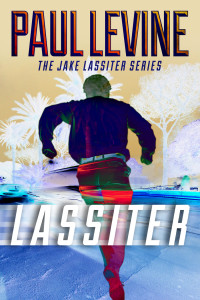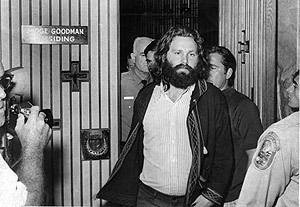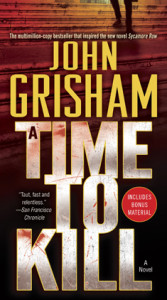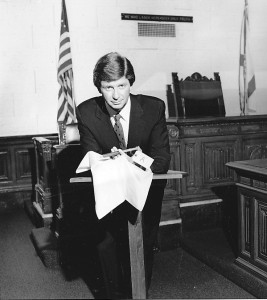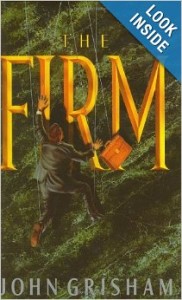“There are no one hundred percent heroes.”
– Travis McGee in Cinnamon Skin by John D. MacDonald
“I never intended to become a hero, and I succeeded.”
– Jake Lassiter in Bum Rap
Roughly 2,500 years before Travis McGee mixed the first martini aboard his houseboat and Jake Lassiter cracked wise in a Miami courtroom, Heraclitus wrote, “Character is destiny.” The old Greek philosopher meant that we are not controlled by a predetermined fate. Hero? Villain? Combination of the two? We choose our own path in life.
In crime fiction, I’d add this note: Character determines plot. In my “Jake Lassiter” legal thrillers, readers learn the protagonist’s backstory – a prime building block of character – from what he says and does…and thinks. Here’s Jake’s internal dialogue early in To Speak for the Dead, the first book of the series:
 “There I stood, 230 pounds of ex-football player, ex-public defender, ex-a-lot-of-things, leaning against the rail of the witness stand, home to a million sweaty palms.”
“There I stood, 230 pounds of ex-football player, ex-public defender, ex-a-lot-of-things, leaning against the rail of the witness stand, home to a million sweaty palms.”
We get it. Lassiter is not an Ivy League brainiac. He’s a tough guy in a suit who proudly graduated “in the top half of the bottom third of my night law school class.” And that night school diploma? It hangs over a crack in the plaster above his toilet.
The linebacker-turned-lawyer has developed a healthy cynicism of the justice system. He ponders the sign that hangs over the bench in Miami courtrooms: “We Who Labor Here Seek Only the Truth.” Lassiter thinks there ought to be a footnote: “Subject to the truth being ignored by lying witnesses, obfuscated by sleazy lawyers, excluded by inept judged, and overlooked by sleeping jurors.”
He routinely carries a toothbrush to court in case he’s held in contempt. Witness this exchange:
“Mr. Lassiter, if you persist in this line of questioning, I’ll send you to a place you’ve never been.”
“Already been to jail, Your Honor.”
“Not talking about jail. I’m sending you to law school!”
With those character notes, we can expect his actions – and the books’ plots – to be unconventional. A few examples:
*Talk about conflicts of interest. Lassiter is sleeping with Gina Florio and defending her mob-connected husband in court. Then the husband gets homicidal. – Mortal Sin
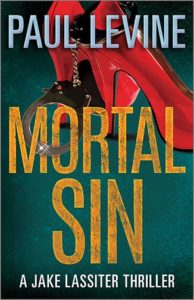 *Lassiter is charged with killing his girlfriend and banker who was about to report him to the authorities for allegedly stealing from clients. – State vs. Lassiter
*Lassiter is charged with killing his girlfriend and banker who was about to report him to the authorities for allegedly stealing from clients. – State vs. Lassiter
* Plagued with guilt, Jake retraces the steps of a model who went missing 18 years earlier…after their one-night stand. – Lassiter
* “Thirty seconds after the jury announced its verdict, I decided to kill my client.” Why? After clearing a guilty client, Lassiter becomes unhinged. Did he suffer one too many concussions playing football? – Bum Luck
* Defending his savant nephew who’s part of a bribery scheme to get lackadaisical students admitted to prestigious universities, Lassiter offers a unique defense. Cheating your way into college may be immoral but isn’t a crime. Cross-examining an admissions officer, Lassiter asks what’s the difference between bribing the university with a huge donation for a building or bribing a coach? The prosecutor objects: “The admissions system isn’t on trial here.” And Lassiter shoots back: “Sure it is. That’s exactly what’s on trial.” – Cheater’s Game
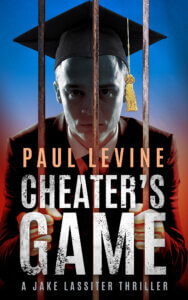 Making a nearly identical argument, legendary Miami trial lawyer Roy Black later won an acquittal for a father who had paid Georgetown University’s tennis coach $180,000 to secure admission for his daughter. “Georgetown considers not only academics and athletic ability,” Black argued to the jury, “but also whether the applicant is the child of a wealthy or prominent family that has the potential to donate to the school.”
Making a nearly identical argument, legendary Miami trial lawyer Roy Black later won an acquittal for a father who had paid Georgetown University’s tennis coach $180,000 to secure admission for his daughter. “Georgetown considers not only academics and athletic ability,” Black argued to the jury, “but also whether the applicant is the child of a wealthy or prominent family that has the potential to donate to the school.”
* If you think that Lassiter walks so close to the ethical boundary that his shadow falls into the gray area, consider this: “I won’t represent a man accused of violence against women or children because my Granny taught me that such scum do not deserve my time and effort.” – False Dawn
* Money doesn’t motivate him. On turning down a case: “I could have used the work, but I prefer cases I believe in. Best is to have a client you like, a cause that’s just and a check that doesn’t bounce. Two out of three and you’re ahead of the game.” – Flesh and Bones
*This passage from Bum Rap is a rare example of Lassiter waxing poetic over the law and his place in it: “Justice is the North Star, the burning bush, the holy virgin. It cannot be bought, sold, or mass produced. It is invisible and ineffable, but if you are to spend your life in its pursuit, you had better believe that it exists.”
In many ways, Lassiter is a throwback: “I don’t drink fizzy water from France or booze in fluorescent colors. I don’t have a life coach or an aroma therapist, and I’m not into tweeting, texting, sexting, or spinning. I still help little old ladies cross the street, and sometimes, tall young ones, too. In short, I’m a carnivore among vegans, a brew and burger guy in a paté and Chardonnay world.” – Lassiter
* An aging Lassiter sues to abolish high school football as a dangerous “public nuisance” and becomes the most hated man in Miami. “When your cause is just, he says, no case is impossible.” With his personal life hitting a rocky patch, he reluctantly begins couples therapy with fiancée Dr. Melissa Gold. – Early Grave
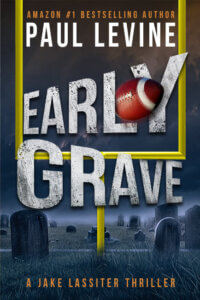 Add all of that together – hard-as-hell cases, a personal code, a philosophical bent, a healthy dose of cynicism, a fearless courtroom approach, and old-time values – and you have blazed the trail of Jake Lassiter’s destiny.
Add all of that together – hard-as-hell cases, a personal code, a philosophical bent, a healthy dose of cynicism, a fearless courtroom approach, and old-time values – and you have blazed the trail of Jake Lassiter’s destiny.
All of the Jake Lassiter series of legal thrillers are available in ebook, audiobook, and paperback, and all are Kindle Unlimited titles. KU is the Amazon program that allows readers to borrow 20 books at a time for a total fee of $9.99 per month. An earlier version of this story appeared in Mystery Readers Journal.

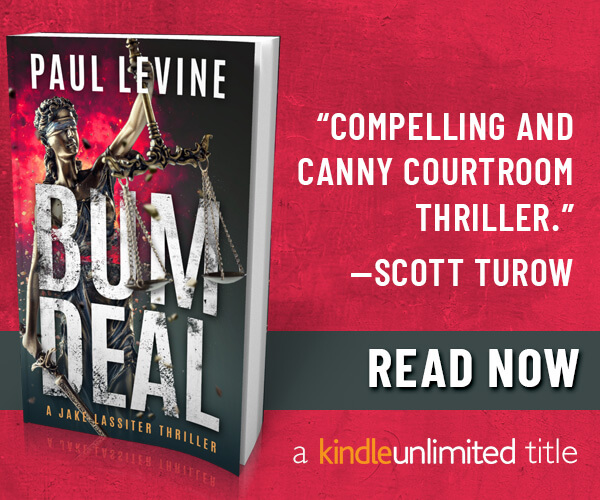
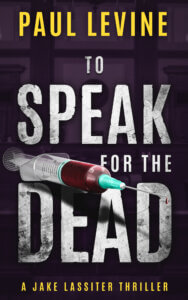

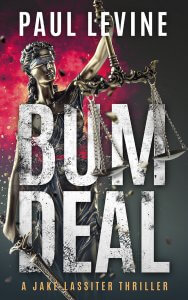
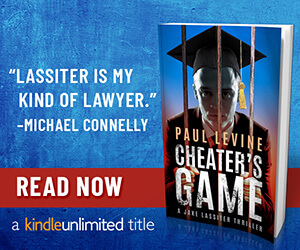
 By
By 




